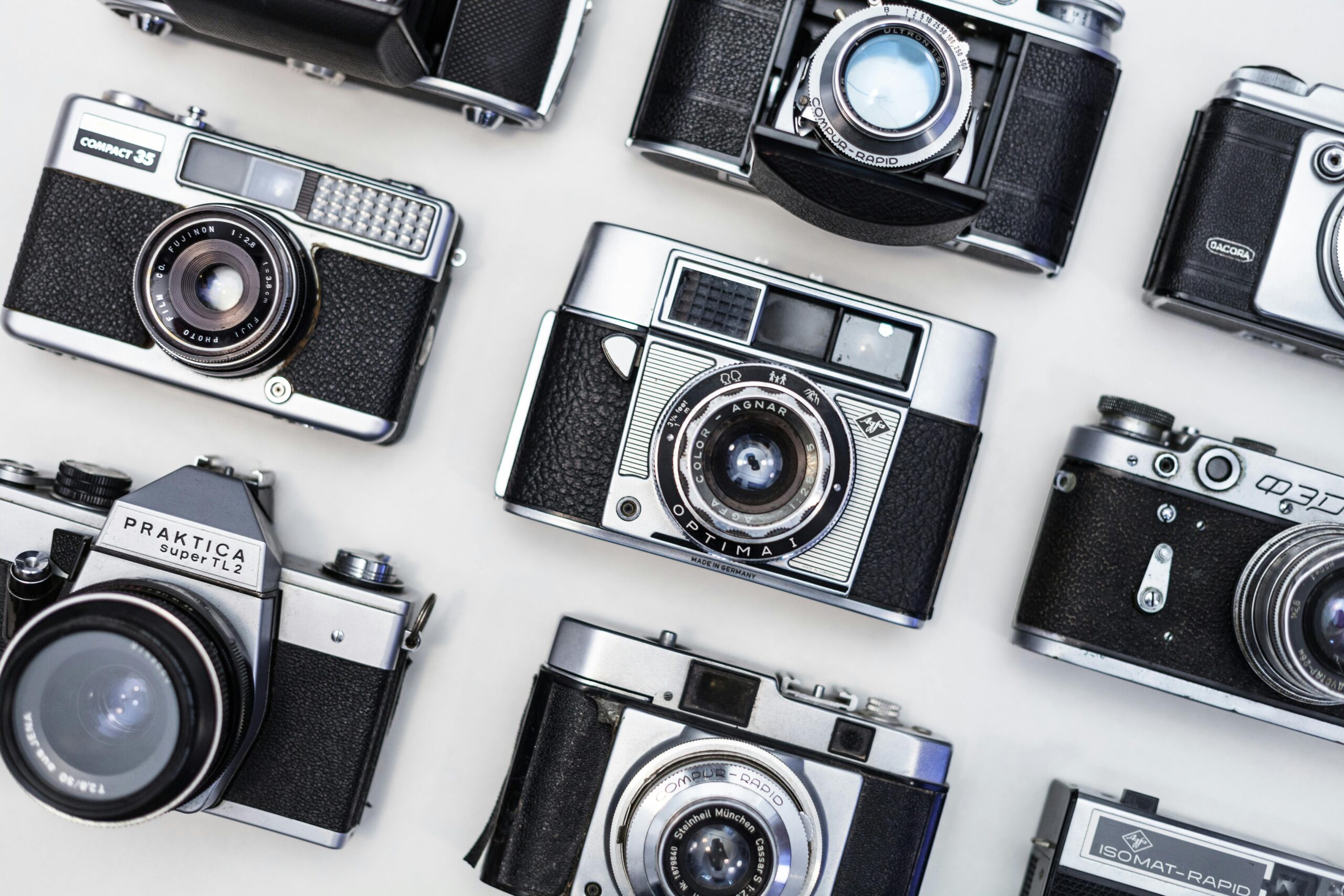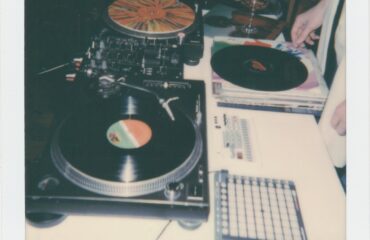Are you tired of taking average pictures with your smartphone? It’s time to up your game and purchase a camera that will take your photography skills to the next level! However, choosing the right camera can be overwhelming, especially if you’re a beginner. With hundreds of options and complicated specifications, it’s tough to know where to start. That’s why we created this comprehensive guide to help beginners choose the perfect camera for their needs. Let’s get started!
Determine Your Needs: Before buying a camera, it’s essential to determine your needs. Are you interested in landscape photography, portraits, or street photography? Do you plan to print your pictures or share them on social media? By answering these questions, you’ll be able to narrow down your options and choose a camera that suits your needs. For example, if you want to shoot landscapes, a camera with a wide-angle lens is essential.
Types of Camera: There are primarily three types of cameras: DSLRs, mirrorless cameras, and point-and-shoot cameras. DSLRs are the most versatile and produce excellent image quality. However, they’re bulkier and heavier, making them less convenient to carry around. Mirrorless cameras are similar to DSLRs but are lighter and more compact. They’re also more expensive. Point-and-shoot cameras are the most approachable, but they have limited features and don’t produce as high-quality images. They’re suitable for beginners who don’t want to dive into complicated settings.
Sensor Size: The camera’s sensor size plays a crucial role in image quality. The larger the sensor, the better the image quality. Full-frame cameras have the largest sensors, followed by APS-C, and then Micro Four Thirds. However, larger sensors mean higher costs. If you’re on a budget, an APS-C sensor is a good choice.
Megapixels: Many people assume that more megapixels equal better image quality. While it’s true to some extent, it’s not the only factor that determines image quality. Megapixels determine the size of the image and are essential if you want to print your photos. However, for social media sharing, anything above 10 megapixels is sufficient.
Budget: Cameras can cost anywhere from a few hundred dollars to tens of thousands of dollars. Your budget will determine the camera’s quality and features. It’s essential to set realistic expectations and not overspend on a camera that you don’t need. Generally, beginners can start with a camera in the $500 to $1000 range.
Choosing the right camera can be an intimidating task, but with this guide, we hope to have made it easier for you. Remember to determine your needs, choose the type of camera that suits you, consider the sensor size, choose the right megapixels, and stick to a realistic budget. With the right camera, you’ll be able to capture beautiful photos that you can cherish forever. Happy shooting!




